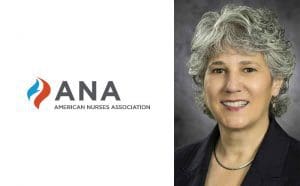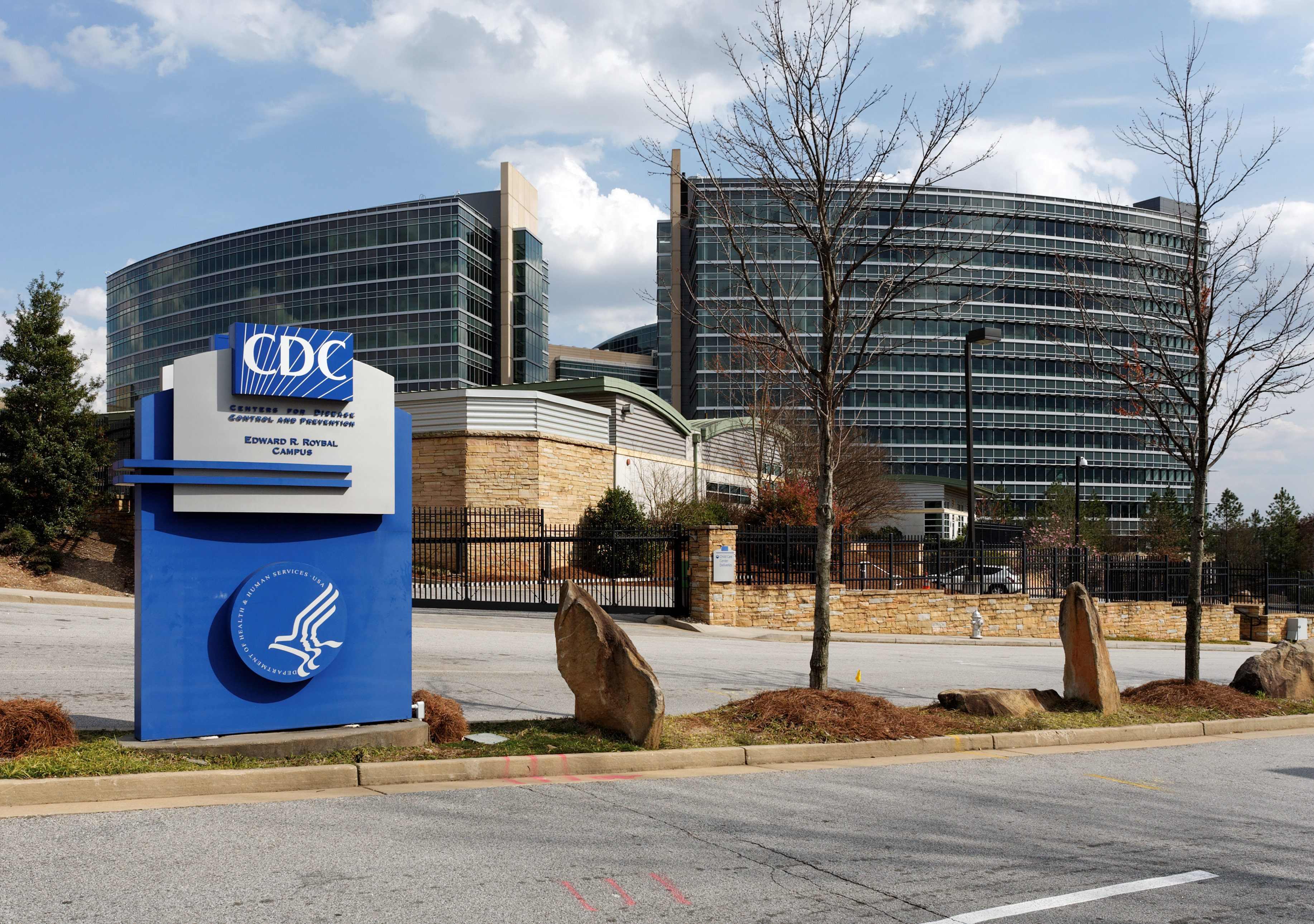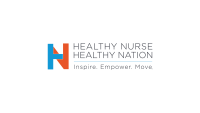A lasting partnership to keep nurses, patients, and the public safe.
By Pamela F. Cipriano, PhD, RN, NEA-BC, FAAN
Three years ago, the American Nurses Association (ANA) and nurses nationwide found themselves on the frontlines of a crisis when the Ebola virus made its way to the United States, killing one patient and infecting two RNs who provided care to him. The crisis wasn’t in the number of cases in this country—four diagnosed and 11 treated—but in the need to ensure that healthcare workers could keep themselves and the public safe when faced with a potentially fatal infectious organism.

Although infection control and prevention have always been components of nursing education and practice, the vulnerabilities uncovered in October 2014 made addressing gaps in knowledge, training, and protocols throughout all healthcare settings a front-burner issue. That experience also led to a vital partnership between the Centers for Disease Control and Prevention (CDC) and ANA and the greater nursing community to address infection control and prevention issues, as well as a public recognition of how important nurses are to identifying and addressing healthcare crises.
Working together
Beyond immediately working with our member state and speciality nursing organizations and experts to protect nurses and patients from Ebola and quell public fears, ANA and the CDC began formulating a longer-term educational initiative. The result is the Nursing Infection Control Education (NICE) Network. ANA serves as the lead for this 2-year initiative, which runs through May 2018. Its overall aim is to empower nurses to safely respond to and contain emerging infectious disease threats, including Ebola, Zika, and West Nile viruses, by meeting their educational needs. Central to the network’s success are the 20 ANA organizational affiliates who are network members and who help develop and widely disseminate content.
For example, the Emergency Nurses Association developed a unique infographic detailing the chain of infection and highlighting how emergency nurses can break the chain through key interventions. The American Association of Colleges of Nursing and the National Association of Clinical Nurse Specialists helped identify infection control and prevention educational opportunities within colleges of nursing and nursing practice.
Through its real-time training and other activities, the NICE Network has reached thousands of nurses in its first year, and we expect to have an even greater impact in the second.
ANA and the CDC also created a workgroup composed of 25 ANA members and CDC stakeholders focused on strengthening the role of frontline nurses in antibiotic stewardship at acute care hospitals. The workgroup’s recommendations are the focus of an ANA-CDC white paper. (See related story in the October issue of ANA on the Frontline.)
In another partnership, ANA and the Association for Professionals in Infection Control and Epidemiology (APIC) began providing nurses with timely, relevant information on emerging infectious diseases and other infection control and prevention strategies through the web-based ANA/APIC Resource Center.
Commitment to safety
Ebola wasn’t on our radar before it emerged as a real threat, and I’m saddened when I think of those who were and continue to be affected worldwide. However, I’m proud of our collaborative efforts, as well as those of nurses who have saved thousands of lives by reducing hospital-acquired infections.
At ANA’s 2015 Membership Assembly, infection prevention expert Elaine Larson, PhD, RN, CIC, FAAN, said, “There will always be new infections and new disasters, so we need to take a long-term view and make a long-term plan.” Although we can’t predict what lies ahead, ANA is committed to the safety of you and your community.


Pamela F. Cipriano, PhD, RN, NEA-BC, FAAN
President, American Nurses Association
Follow Pamela Cipriano on Twitter
ant11-ANA President-1017


















